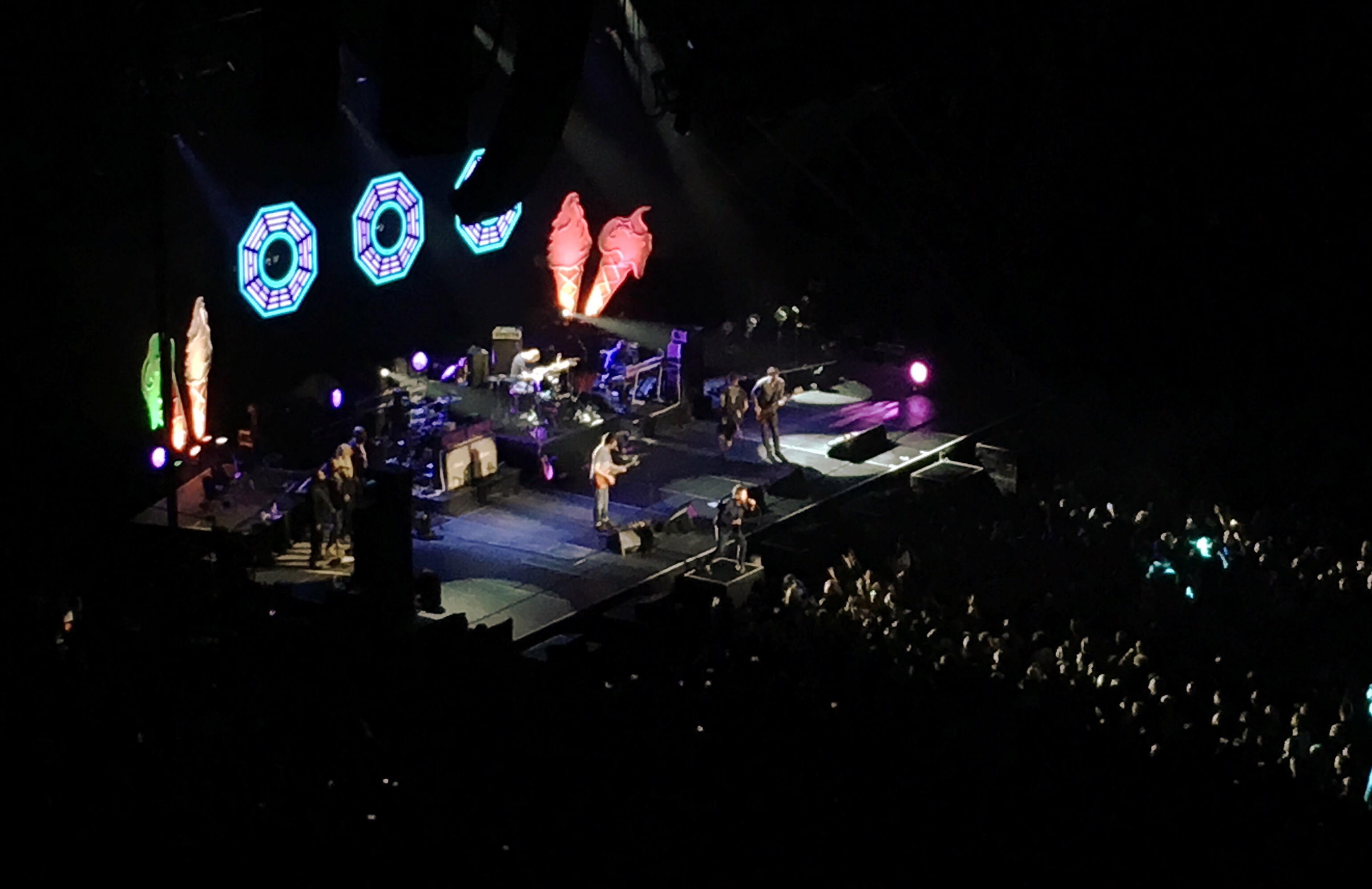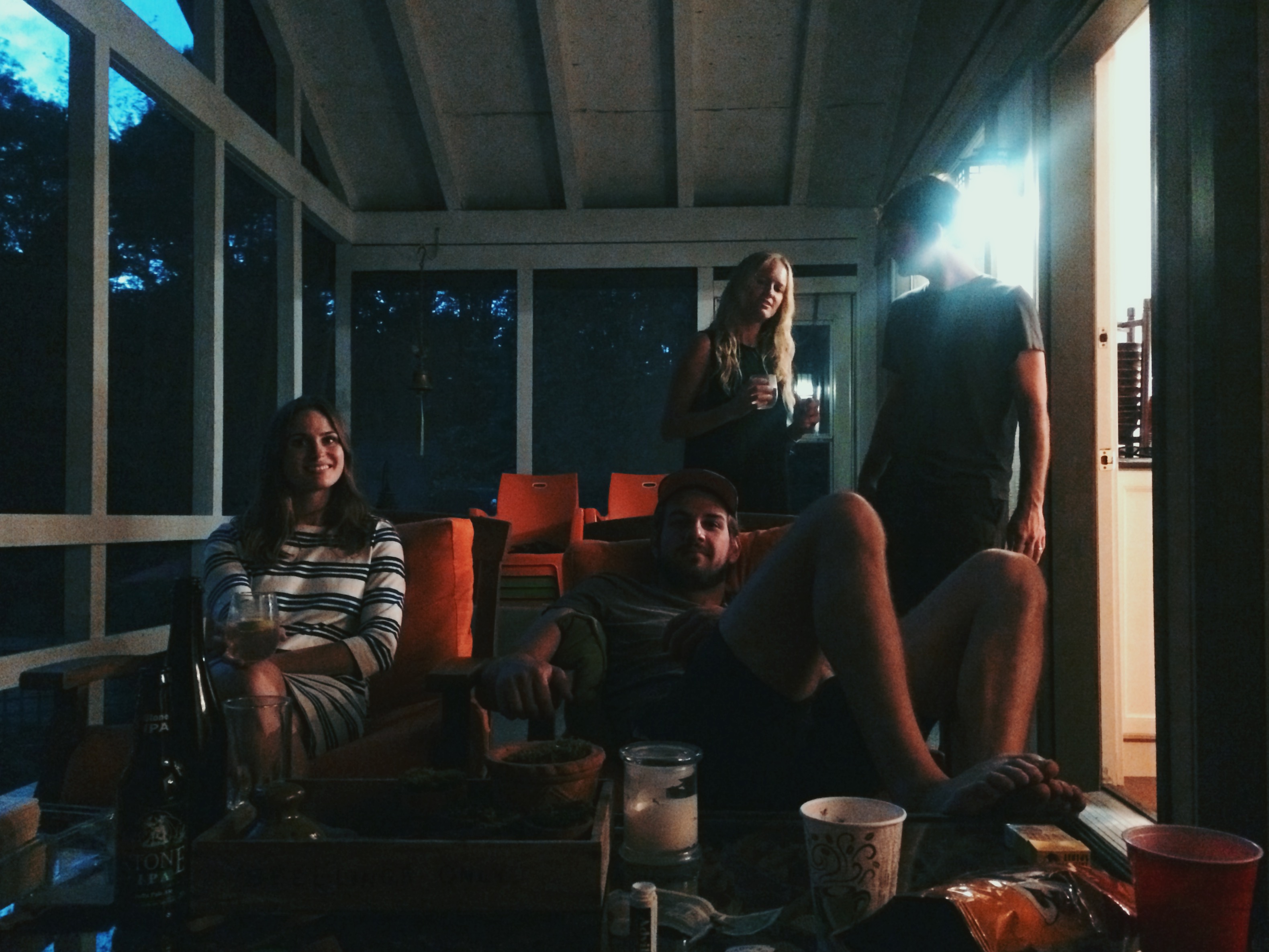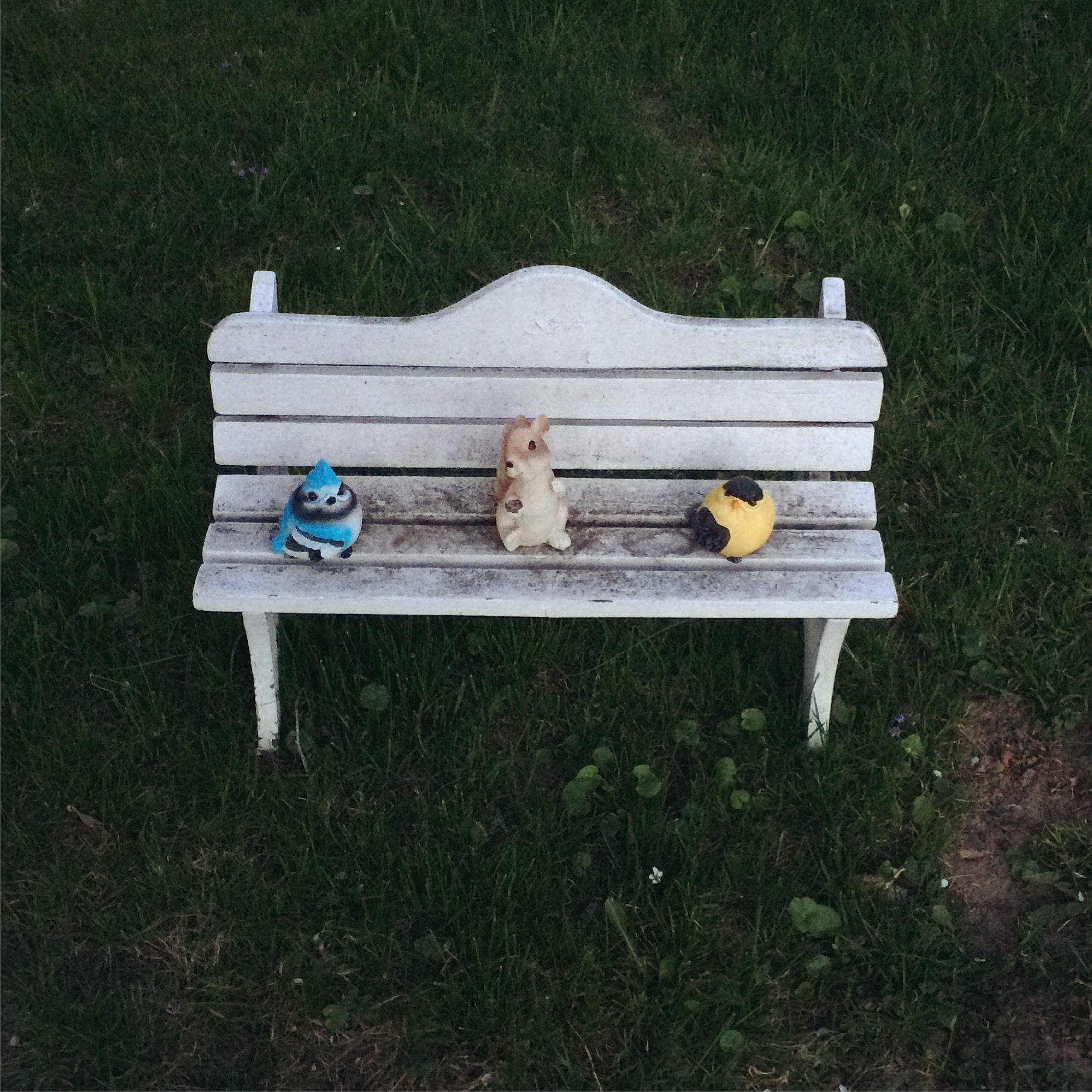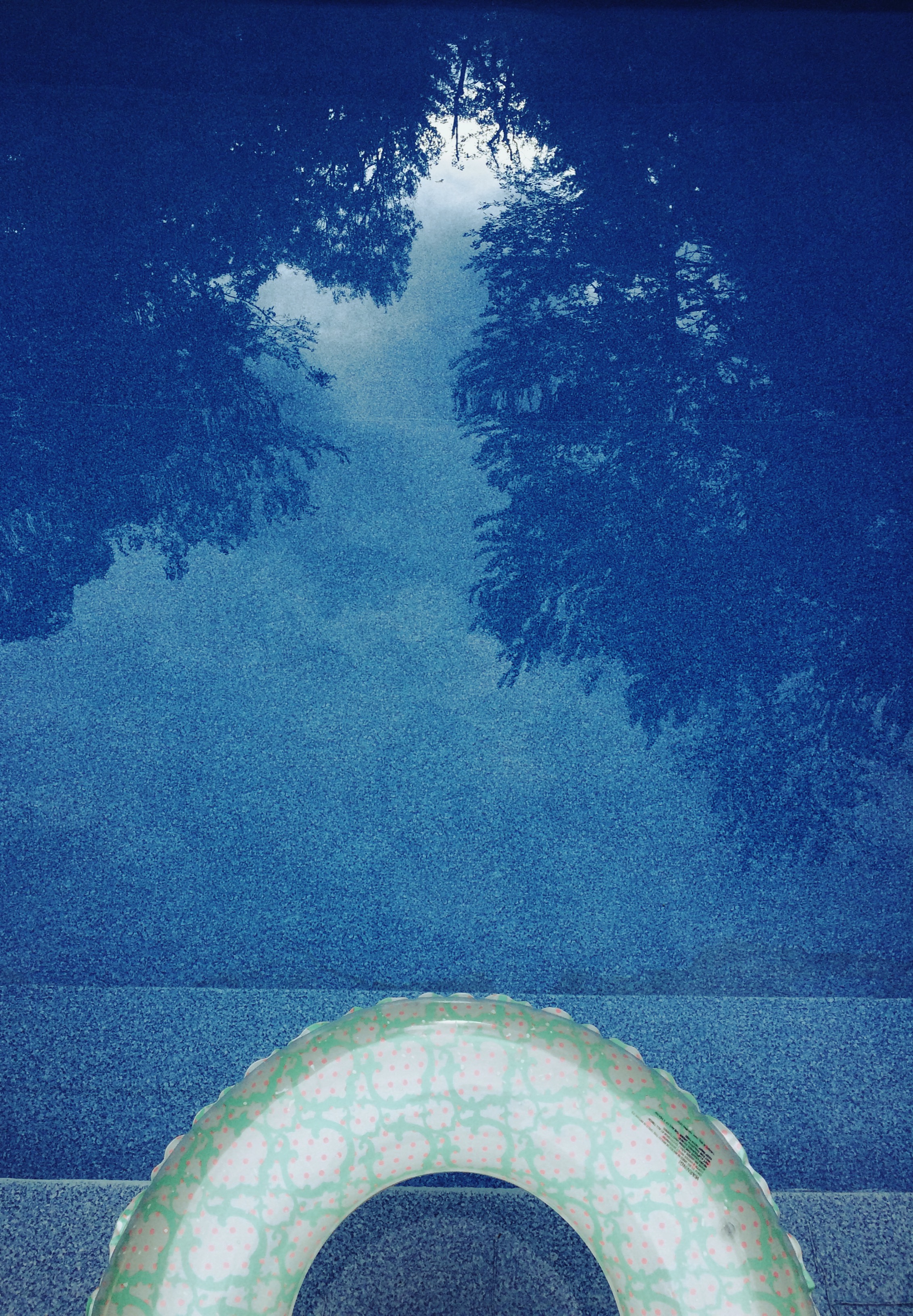I’ve had the same favorite band since I was 16. That’s not going to change. Now that I’m 34, that music is so packed with nostalgia and invested emotions it will forever be immensely important to me.
I never stopped digging for new music. My deep love for one band led me to a broad love for all. In the late 90’s, I spent hours every week inside record shops. In the early 2000’s, I lived inside whichever P2P network was popping at the time. Now it’s all streaming services; first Spotify, then Rdio, now the new Apple Music app.
I’ve mellowed in my middle age. I’m not desperately searching out the hip and the cool. My generation had it’s time in the musical spotlight during the 2000’s. The hip stuff now is for the kids. I patiently wait for the best stuff to filter to the top, without fearing I’m missing out on anything. When I was in my early twenties, it was important to know exactly where the edges were, what the shape and color of my generation’s art were. That’s all over for me. The kids now are making new shapes and new colors, exactly as they should be. It’s a beautiful cycle.
Does music even exist? Like really? We record the vibrations of sound, dig grooves in vinyl, align magnetic strips on tape, line up 1s and 0s on silicon and MP3 files. Can you really own those grooves? Can those magnetic strips or the 1s and 0s ever belong to you? I’ve concluded that no, no you can’t, no they don’t. You buy the objects which allow for the sound to happen, but the music exists somewhere else.
I used to obsess over my music collection. First with CDs, then with the MP3s in iTunes. Then Spotify. Then Rdio. At some point during all this I learned to let go. I’ve realized I can’t own any of that. Not really. All these collections and playlists have no permanence. They’re not mine. I can’t possess the music, but the music is there for me. Music is always within reach.
The best feature of the new Apple Music service is the curated playlists. They’ve hired actual people to make these, and the quality shows. Trusting in these playlists requires another act of letting go. My 22 year old self would never have accepted anyone else’s authority. I knew better. And any joker could see that the algorithms used for Artist Station radio on streaming services are laughably terrible. But these Apple Music curated playlists are nice. Admitting that has proven to me that I’ve grown up.
There’s even an Apple Music playlist that curates a collection of music that inspired my favorite band. I listened to it and I enjoyed it. They got it right. I could have grumbled about the song selection, even though the chosen artists are perfect. It’s fine. It doesn’t matter. I’ve made hundreds of playlists just like it. Others have made hundreds of thousands of playlists just like it. All that is well and good. Music is a conversation. For now whatever technology has the music in it, I can just press play, and there it is in the air, the music.



